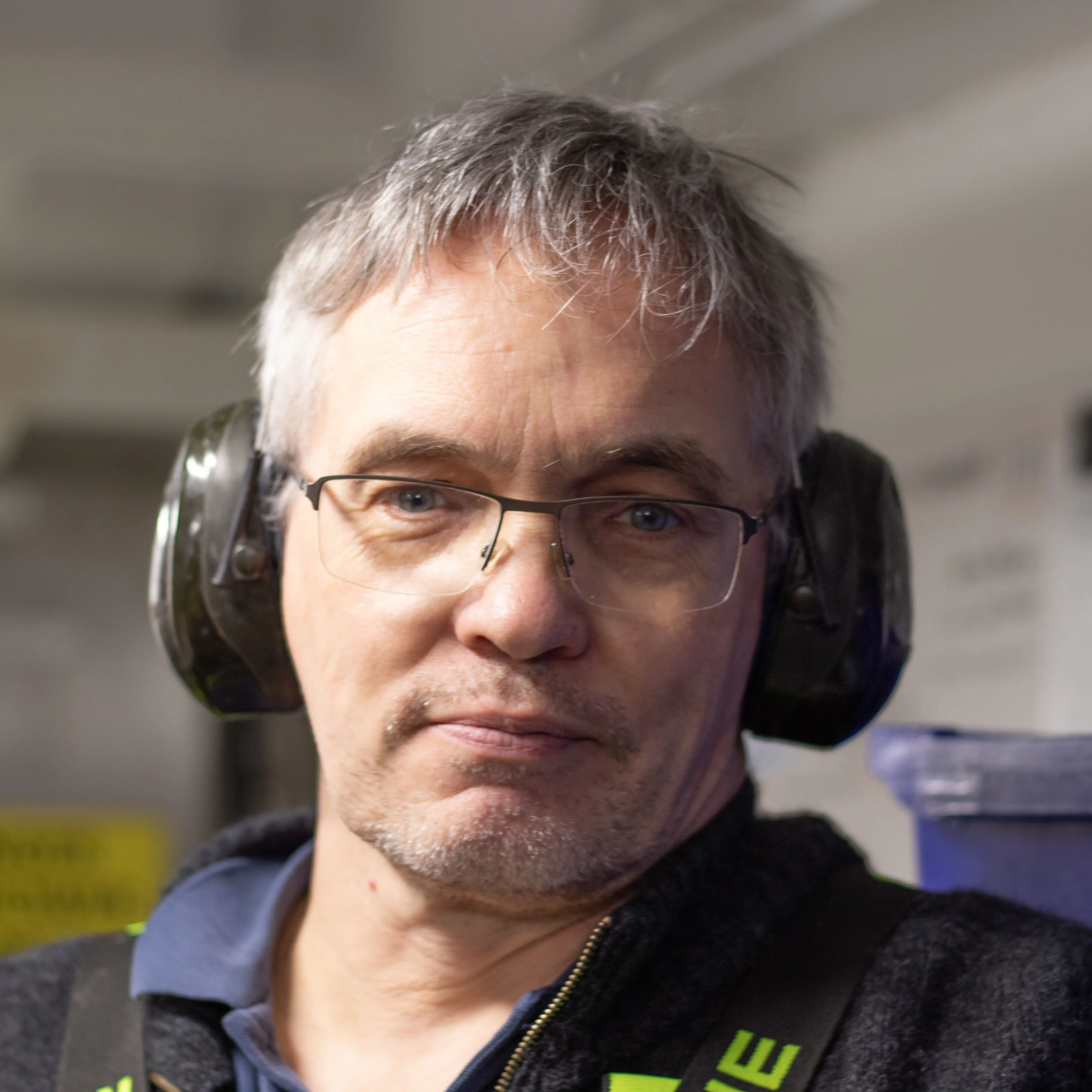Darren ‘Razzle-dazzle’ Stevens
Position: NIWA fisheries biologist/cephalopod parataxonomist
I have a big cephalopod beak collection which Heather Braid has DNA barcoded to know what species they are. We can use the beaks to find out the size, species, sex and maturity of squid. Beaks can be used to identify food in the diets of other species (sea lions, fur seals, fish, and albatrosses eat squid) which is important to our understanding of the ecology of marine mammals, fish, and birds. Otolith (fish ear bone) identification is also important for diet work and I’m working on an otolith atlas to help people identify fish!
I’ve been working at NIWA for over 25 years. I came to NIWA straight from uni and worked part-time there while finishing my Masters. During my early years at NIWA I got to fly around the country measuring crayfish and paua. I managed to get contacts at NIWA from uni and extended the Masters for many years before finally getting into permanent work.
Photo: Darren takes a specimen photo of a squid.

I see myself as a Jack of all trades, master of none! As a fishery biologist I do lots of deep-sea fish identification and feeding work – especially on rattails. New Zealand has 72 species of rattails and several species are often found in the same area. I am particularly interested in how much competition there is for resources between different rattail species. So far, I have examined the diet of 20 species. I lead the odd survey and can spend around three months at sea a year. I also have a good working relationship with AUT (Auckland University of Technology) and recently hosted a cephalopod beak workshop with AUT cephalopod taxonomists and an internationally recognised squid beak expert with the aim of improving the usefulness of squid beaks for prey identification.
I have several tropical fish tanks in my garage – this job helps to satisfy my fish obsession! I am also interested in taxonomy so I enjoy getting to look at lots of different species and identifying them. Some of my favourite voyages have been to the Ross Sea, Antarctica, as you get to see a wide range of critters from sea pigs to copepods and the scenery is great. On one voyage we even got to follow blue whales – seeing blue whales every day for 10 days. Other favourites were research surveys in Oman and the UAE. Getting to see different marine life, cultures and scenery in a different part of the world was exciting.
For those who wish to pursue a career at NIWA, try to tie your Masters, Honours or PhD projects into NIWA work so that you get known – contacts are important. Modelling and statistics are also very important in science. A Masters minimum is now important if you want to do science at NIWA.

Above: Darren examines a species of Myctophid under a microscope.


